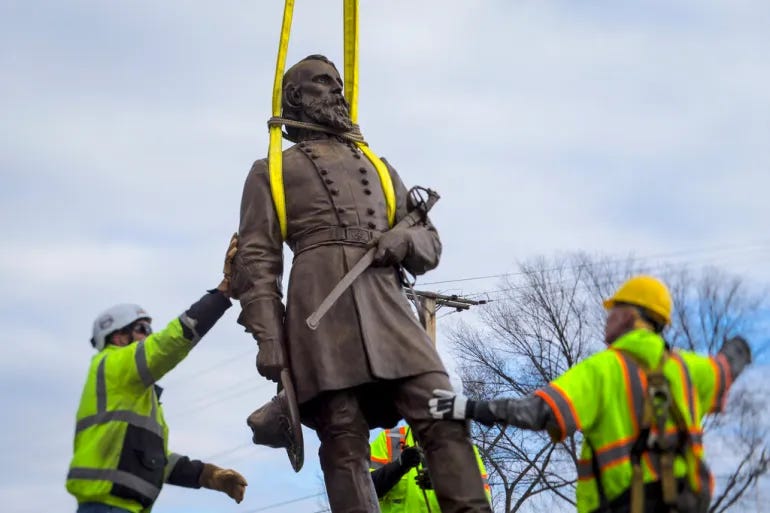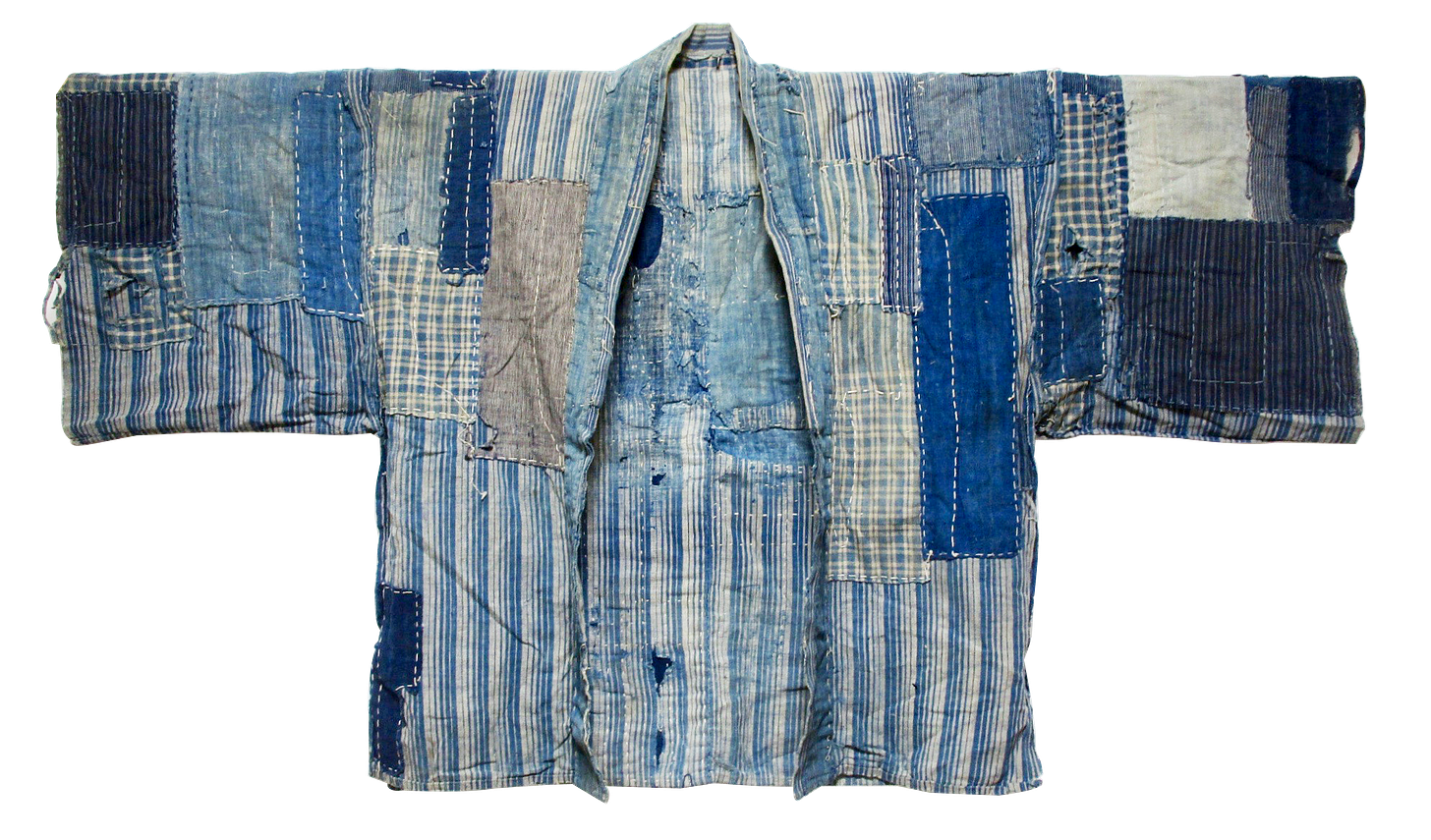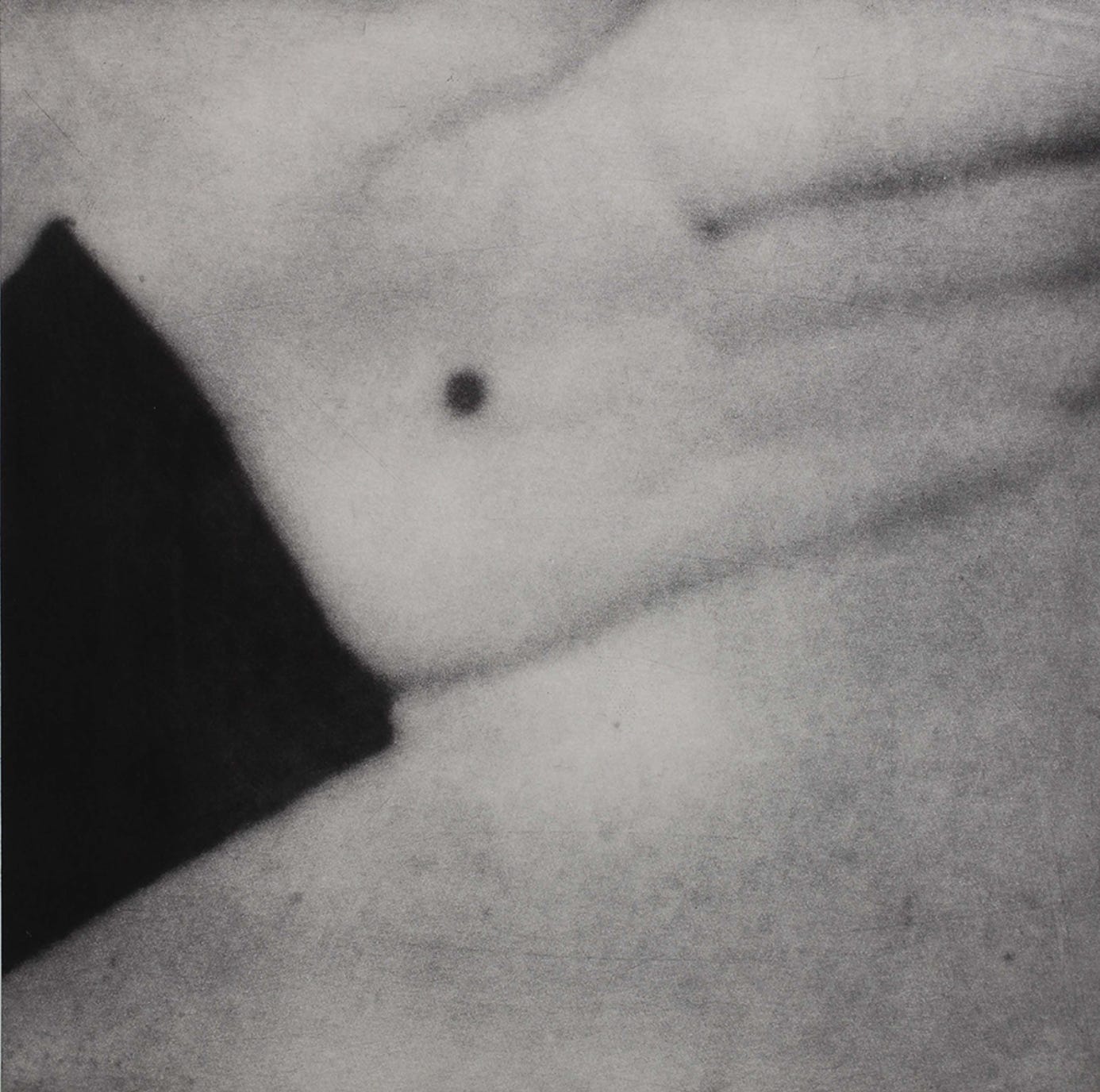Legacy Without Monuments
Instead of leaving monuments that crumble, how do we leave legacies that circulate, feed, and regenerate?
Monuments are built to last, yet they rarely do. Stone erodes, bronze corrodes, meaning shifts. What once stood as a marker of power or pride eventually becomes invisible, or worse, rejected. The monument is often imagined as permanence, but permanence is an illusion.
Consider the statues pulled down in recent years, from Confederate generals in the United States to colonial figures in the United Kingdom. They once embodied dominance, now they are reminders of injustice. Their meaning collapsed, their permanence exposed as fragile.

Now consider seeds. In India and across Latin America, farmers save and exchange indigenous varieties that carry biodiversity and resilience. These seeds survive wars, migrations, and market disruptions. They are not celebrated with plaques, yet they nourish communities generation after generation.
The monument remains, but stripped of its original intent, it becomes a shell.
Consider the grand buildings of empire. Palaces, banks, and train stations built to signal power now often stand hollow, converted into shopping malls or left abandoned. The monument remains, but stripped of its original intent, it becomes a shell.
Now consider textiles. Japanese practices of boro and sashiko, or Andean traditions of weaving, repair and reuse fabric so that garments live on across generations. Each stitch is a record of continuity. Unlike stone, which stands still, these legacies circulate in bodies and homes.

Consider the Berlin Wall. Once a monument to division, it was shattered in days. Small fragments remain in museums or as tourist souvenirs, but the wall itself no longer holds the power it once did.
Now consider forests. In Switzerland, community-managed alpine forests have thrived for centuries, cared for collectively to ensure wood, water, and soil remain healthy. They do not crumble; they renew. They hold memory not as stone, but as cycles of growth.
The idea of legacy is often tied to ownership: leaving behind a name, a building, an institution. But ownership decays. What if legacy is less about what bears our name, and more about what outlives us because it keeps nourishing others? A system that regenerates materials instead of discarding them. A community that shares resources instead of hoarding them. A culture that values circulation over accumulation.
Monuments stand still. Legacies move.
History shows us that permanence is not security. Statues fall. Laws change. Buildings collapse. But seeds sprout, garments mend, songs resurface, forests regrow. These are legacies without monuments, carried forward not by stone but by practice.
The question is not how to leave something that lasts forever, but how to seed something that keeps renewing. How can our choices ripple into futures we will never see? How do we design systems that remember differently, not through statues or plaques, but through what continues to sustain life?
Legacy without monuments is not absence. It is presence that refuses to be fixed. It is memory carried forward through transformation, not frozen in stone.
To imagine legacy this way is to release ourselves from permanence, and to embrace continuity instead. What we leave behind is not a monument, but a circulation that feeds what comes next.
What we leave behind is not a monument, but a circulation that feeds what comes next.


